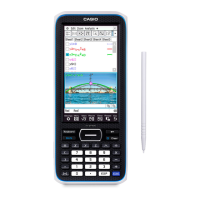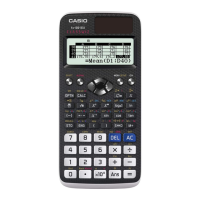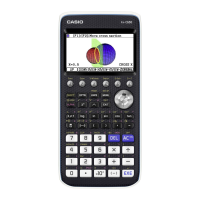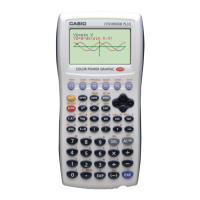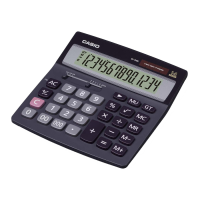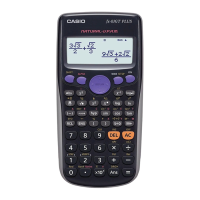20060301
Determining the General Term of a Recursion Expression
The following procedure converts the sequence expressed by a recursion expression to the
general term format
a
n
=
f
(
n
).
Example: To determine the general term of the recursion expression
a
n
+
1
=
a
n
+ 2,
a
1
= 1
u
ClassPad Operation
(1) Start up the Sequence Editor.
• If you have another application running, tap
m
and then
H
.
• If you have the Sequence application running, tap
O
and then [Sequence Editor].
(2) Tap (or press)
O
, [Sequence RUN], [Calc], [rSolve], [
n
,
a
n
], [
a
n
+
1
],
=
, [
n
,
a
n
], [
a
n
],
+
,
2
,
,
, [
a
0
,
a
1
], [
a
1
],
=
,
1
, and then
)
.
(3) Press
E
.
6-3-5
Recursive and Explicit Form of a Sequence
u
About rSolve
The rSolve function returns the explicit formula of a sequence that is defined in relation to
one or two previous terms, or a system of recursive formulas.
Syntax: rSolve (Eq, initial condition-1[, initial condition-2] [
)
]
rSolve ({Eq-1, Eq-2}, {initial condition-1, initial condition-2} [
)
] (Eq: Equation)
Example: To obtain the
n
-th term of a recursion formula
a
n
+
1
= 3
a
n
–1 with the initial
conditions
a
1
=1
Example: To obtain the
n
-th term of a recursion formula
a
n
+
2
– 4
a
n
+
1
+ 4
a
n
= 0 with the
initial conditions
a
1
=1,
a
2
= 3

